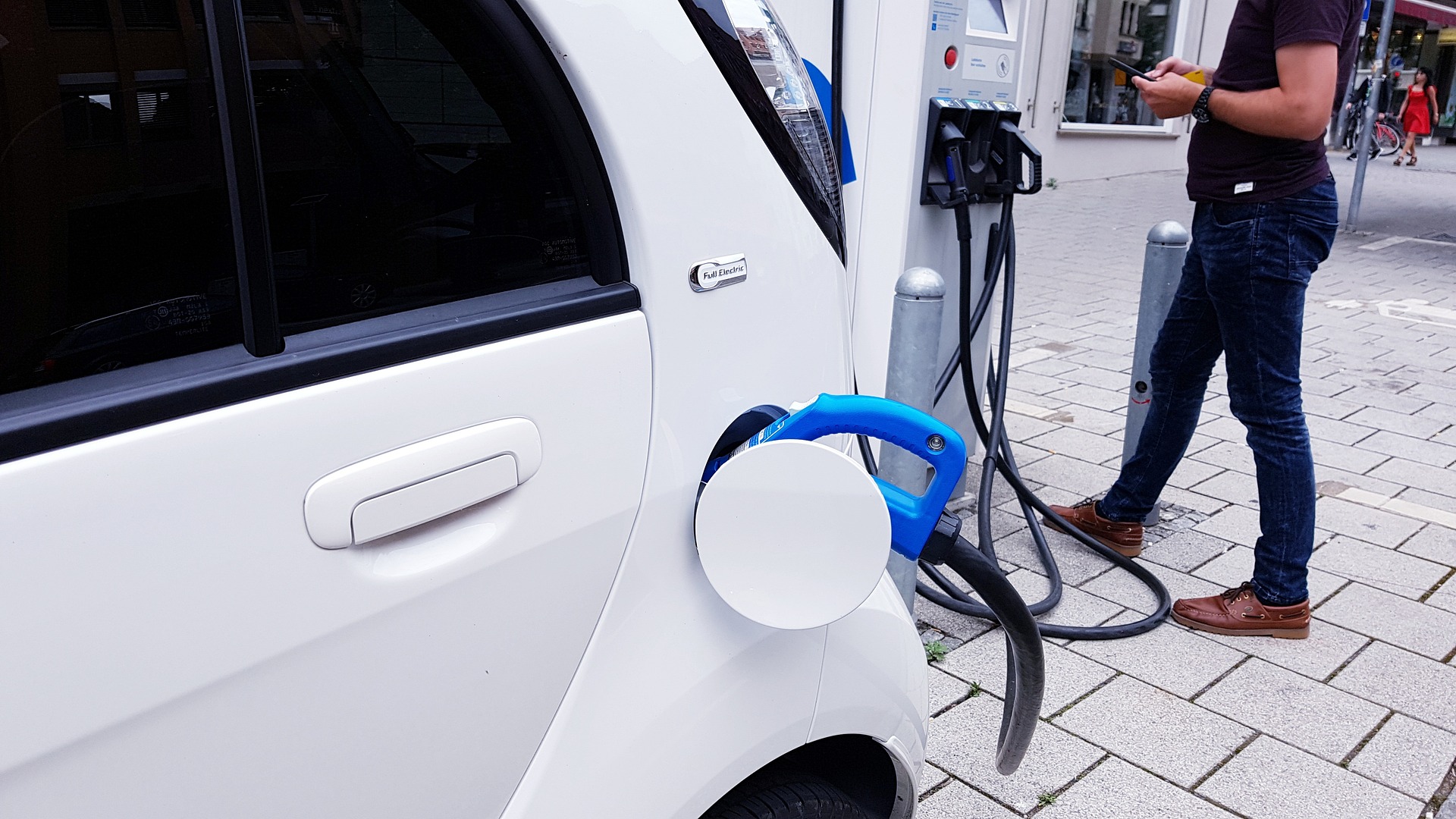Unveiling the Intricacies of Variable Compression Ratio Technology
Introduction: The world of automotive engineering is in constant flux, with new advancements continually pushing the boundaries of what's possible. One such innovation that has been creating ripples in the industry is Variable Compression Ratio (VCR) technology. This technology brings together the best of both worlds - power and efficiency. But what exactly is this technology, and how is it changing the face of the automotive industry? Let’s dive in and take a closer look.

The Genesis of Variable Compression Ratio
Since the inception of internal combustion engines, the compression ratio has been a fixed aspect, dependent on the engine’s design. However, as the quest for efficiency and performance intensified, engineers began to toy with the idea of varying this ratio. The concept of Variable Compression Ratio (VCR) was born out of this need for flexibility. The first attempts to develop VCR technology date back to the mid-20th century, but it wasn’t until the turn of the millennium that the technology started to show genuine promise.
The Mechanics of Variable Compression Ratio
The essence of VCR technology lies in its ability to adjust the compression ratio of an engine on the fly. This is achieved by altering the distance the piston travels within the cylinder. When the vehicle demands power, the technology decreases the compression ratio to allow for greater fuel-air mixture and consequently, more power. Conversely, when the need for power is low, the compression ratio is increased, improving fuel efficiency. This constant dance between power and efficiency allows for a more versatile driving experience.
The Impact of Variable Compression Ratio
The advent of VCR technology poses significant implications for the future of automotive engineering. Its ability to balance power and efficiency makes it a promising solution for future internal combustion engines. However, the technology is not without its challenges. High manufacturing costs, increased complexity, and durability concerns are some of the hurdles that need to be overcome. Despite these challenges, VCR technology continues to garner interest, especially among manufacturers looking to extend the life of internal combustion engines.
The Ongoing Evolution of VCR Technology
While VCR technology is still in its nascent stages, it has already seen considerable advancements. Companies like Infiniti have already put this technology to use, marking a significant milestone in its adoption. The future promises further refinement and increased adoption of this technology, as manufacturers continue to grapple with the need for more efficient and powerful engines.
The Road Ahead for Variable Compression Ratio
As the automotive industry continues to evolve, technologies like VCR will play an integral role in defining the future of internal combustion engines. With a unique ability to balance power and efficiency, VCR technology is poised to revolutionize the way we perceive engine performance. It may not be a silver bullet for all of the industry’s challenges, but it certainly represents a significant step forward towards a more efficient and powerful future.
In conclusion, Variable Compression Ratio technology is more than just another innovation in the automotive world. It’s a testament to the industry’s relentless pursuit of performance, efficiency, and versatility. As we continue to explore its potential, there’s no doubt that VCR technology will play a pivotal role in shaping the future of the automotive industry.




